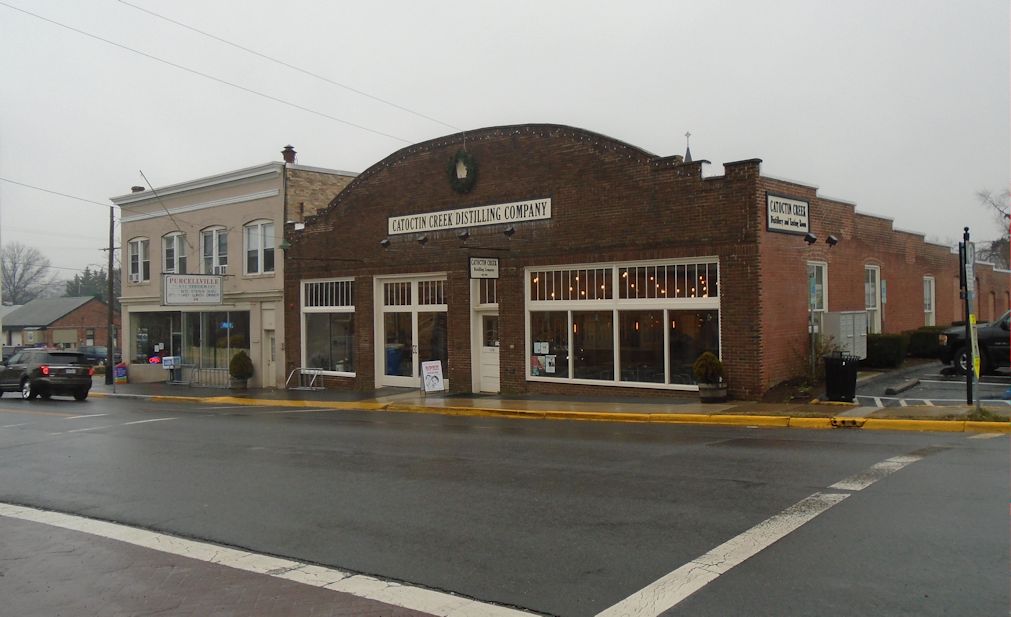My tree farm article for Virginia Forests Magazine.
The American Tree Farm System was founded a few years before Aldo Leopold published his “Land Ethic,” so central to modern conservation and influential to development of tree farming. Leopold wrote, “The land ethic simply enlarges the boundaries of the community to include soils, waters, plants, and animals, or collectively: the land.” Today we recognize this as a commitment to diversity and sustainability. What seems obvious now was hardly common when tree-farming ideas were developing back in the 1940s and 1950s.
I mention Aldo Leopold because his well-known work provides a convenient marker. Of course, there are many more. We depend on contributions by thousands of individuals. Our conservation ethic was build the old fashioned way, though hard work and practical experience on the land, putting theories into practice and putting practices into theories. We have so much more in terms of technologies, techniques and scientific research. We can manage our land better than they did, but we know that we can see farther because we stand on their shoulders. We never will reach a final destination. We are always becoming, never finished. Our challenges are different from those of the first tree farmers but no less difficult.
Among the challenges most urgent are climate change and invasive species. Tree farmers think in terms of decades and we base on plans on the assumption that conditions as our trees grow and mature will be broadly predicable based on current conditions. This assumption may be becoming less valid. We are can foresee changes that the growing forests themselves will create. Watching these changes unfold is one of the great joys of a naturalist. We know that the maturing trees will change the amount of water that runs into our streams. We plan for it. We understand the effects of canopy closure on wildlife and vegetation. We expect to see more turkeys and fewer quail, for example, as the trees grow. We plan for that too. We anticipate a succession of biological communities as the forest matures. All this we know from experience. But what if past performance does not predict future behavior. What about changing rain or temperature patterns or the impact of invasive species? What about a combination of things, where changing climate patterns turn a previously benign species into a threat? Let us specify that we need not even be talking here about global climate change. A new subdivision with its roads and activity may influence local conditions enough to change the dynamic on our land. Nature is always in a state of dynamic change, but humans have accelerated the rate of change, requiring more of us. We got ourselves into trouble and we have to get ourselves out of it.
Aldo Leopold wrote, “A land ethic, then, reflects the existence of an ecological conscience, and this in turn reflects a conviction of individual responsibility for the health of land.” We have responsibility to adapt to changes and anticipate them. Diversity and flexibility are among the best ways to “plan.” When uncertain, seek more options. Elsewhere in this magazine are articles about longleaf pine restoration in Virginia, examples of how we can diversify our forestry. We cannot be sure of conditions when these longleaf pines mature, but we can do all possible to do the sustainable thing today.

